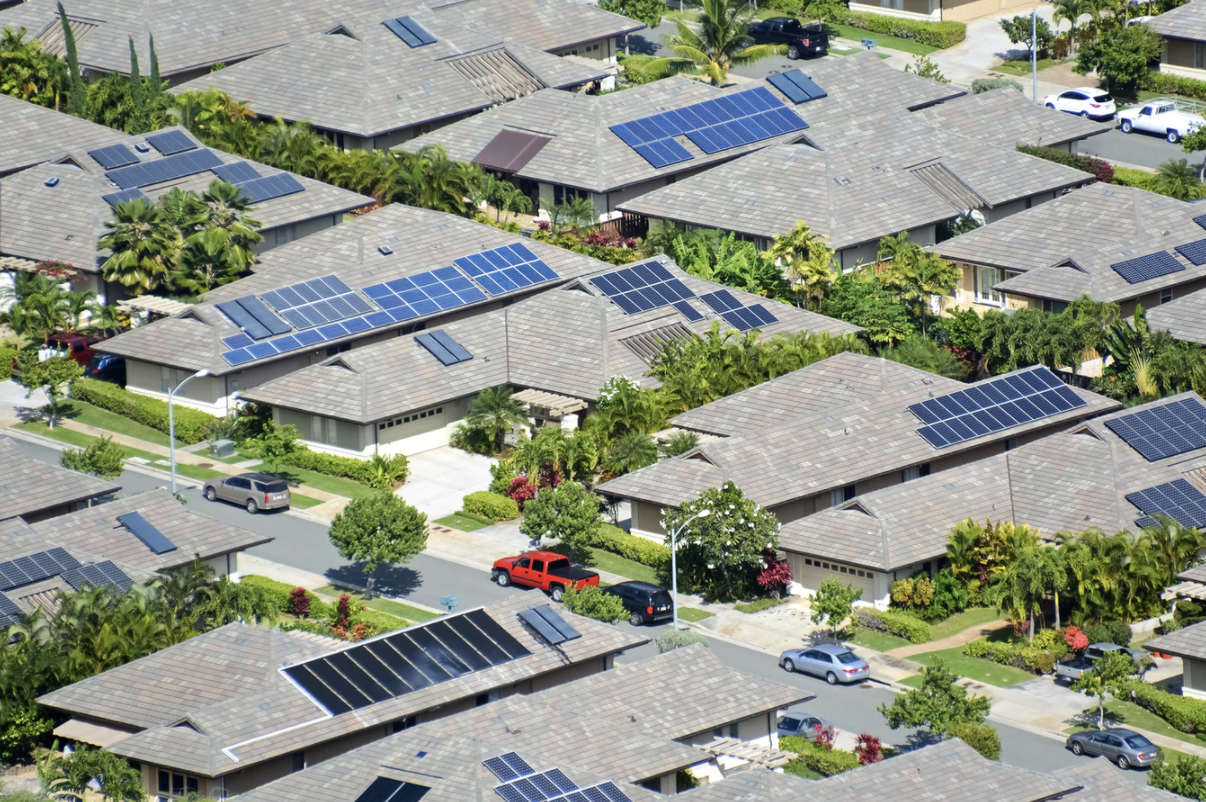
Let the sunshine in! Residential solar in America – and why Texans love solar more than you’d think!
Adam Kovalcik
This past spring, I had the chance to work with one of our clients on an evaluation of the residential solar panel market in the United States. It was a great opportunity to learn about the local supply and demand patterns, product and service innovation, and other industry dynamics driving solar adoption.
Society is seeking to improve its environmental footprint, and solar panels provide homeowners an eco-friendly source of energy that can be coupled with electric vehicles, battery storage, and smart thermostats and home appliances to create greener energy ecosystems at home. Moreover, the technology itself has become much less expensive in recent years, enhancing accessibility.
As both business-minded consultants and interested future consumers of emerging green technologies, we saw several insights stand out as our evaluation of the solar market unfolded.
Consumer adoption of emerging technologies may not follow expectations.
One of the most surprising markets I had the opportunity to investigate was Texas. An oil-rich state with a deregulated electricity market and some of the lowest rates in the United States, Texas might be expected to be a difficult place for solar panels to gain traction. But in recent years, Texans have shown an increasing interest in solar, with installations growing at double-digit rates in the last five years. Couple this with a devastating storm in February 2021 that crippled power infrastructure, and it’s clear that solar panels and battery storage are in Texas to stay.
My preconceptions about the Texas market had me assuming it would be a weaker market for growth. This experience taught me that underlying consumer sentiment can shift quickly and build momentum. Keeping a pulse on customer views, opinions, and purchasing patterns is critical.
Regulations have the power to drive adoption.
In a market such as electricity, regulatory authorities can influence the attractiveness of the market significantly from both supply and demand perspectives. In the case of residential solar power, jurisdictions such as California, which have become heavily involved in tax credits or other direct incentives for installing solar panels, have seen strong adoption. And when credits tapered off, so did installations. Other states have offered more economical incentives, such as net metering (the ability to sell excess solar power back to the grid). Finally, regulators also vary in their incentives to solar installers, making certain markets more saturated with competitors.
Overarching this regulation is the political climate of the state or region. As a result, one of the major risks to operating as an installer, and to acquiring solar panels as a consumer, is knowing not only what incentives and benefits exist currently but also what will be in place in the years to come, as political tides inevitably change.
Solar installers have deprioritized customer experience.
As I was benchmarking solar installers, I was on the hunt for a number of data points, such as prices, payment options, and products and services offered. What struck me about many of the installers I researched was the difficulty I had accessing relevant information, specifically, information on pricing and payment options. Moreover, navigating websites and accessing customer support to get further information was laborious. I can only imagine the sentiment of consumers, who don’t have to report their findings to a client! Some of the most direct and clear information was available from the biggest national players. Small businesses often pride themselves on superior service quality, but in the solar space they appear to make it difficult to access information and to make a decision at the outset.
Future prospects
Overall, my experience exploring the residential solar market has made me optimistic about the future of solar in the United States and abroad. Decreasing solar panel prices, production innovation, and a greater environmental focus have improved consumer sentiment and driven installation numbers.
As we move forward, governments and regulators have a responsibility to consider solar as part of their environmental mandates. They can move the needle significantly if they incentivize adoption. Additionally, solar installers can differentiate themselves through simplicity and clarity on their product offerings and pricing, to ensure consumers are educated and to make the purchasing decision a no-brainer.
It’ll be a sunny day when getting solar panels is as simple as buying an EV!
